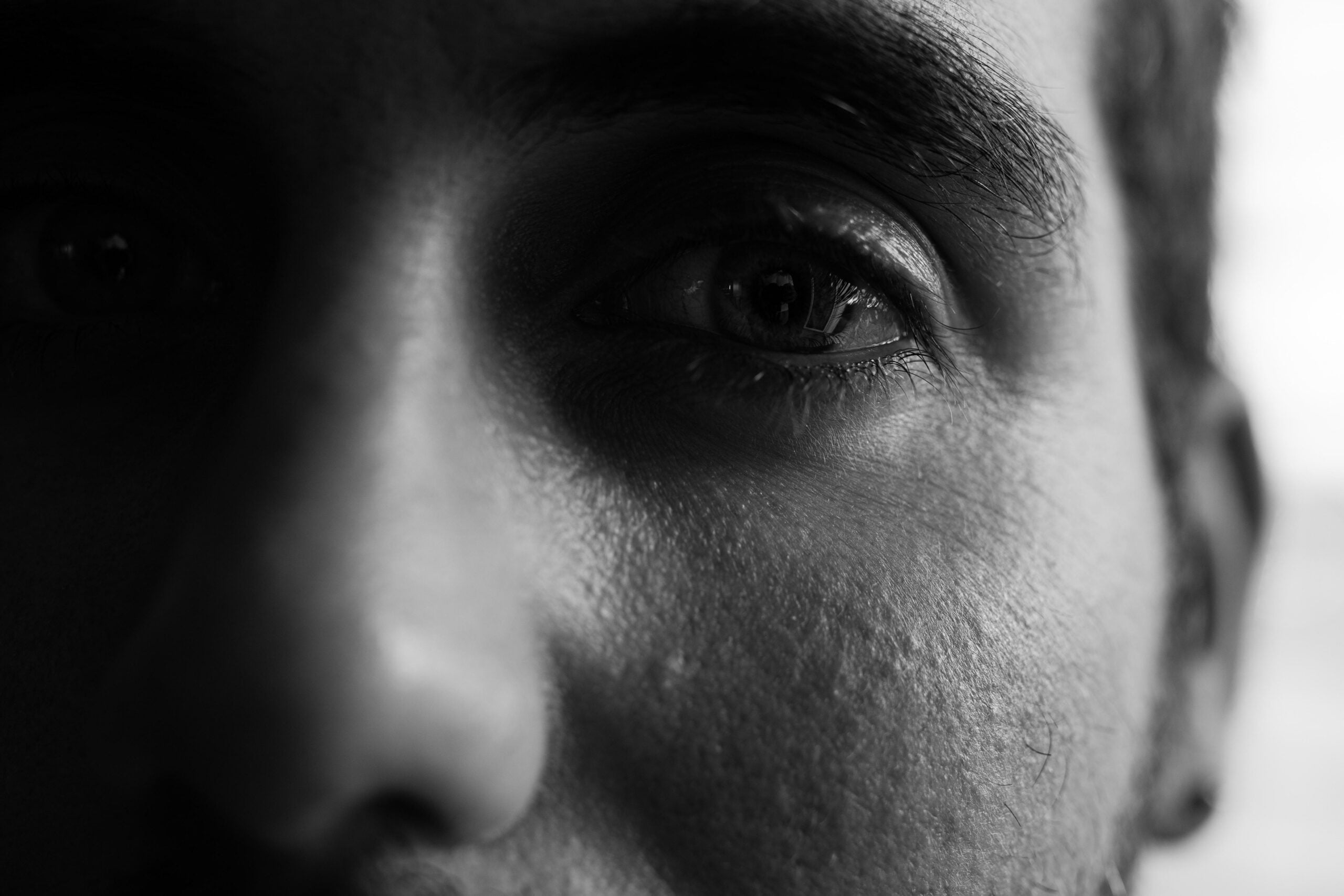Are you tired of looking at that stubborn red scar in the mirror each day, wondering why it still hasn’t faded away? Well, you’re not alone. Many individuals have pondered the same question: why is my scar red? As an experienced dermatologist with a knack for investigative journalism, I’ve dedicated years to unraveling the secrets behind various skin conditions. Today, I invite you to join me on a journey that combines science, psychology, and cutting-edge research to understand the distinct redness of scars. In this article, we will explore the fascinating science behind scar redness and provide valuable insights for effective scar management. Are you ready to delve into the world of scars and discover the answers you’ve been searching for? Let’s begin.

Why Is My Scar Red?
Scars can be a source of curiosity and concern, especially when they appear red. It’s natural to wonder why some scars have a reddish hue and what it means in terms of their healing progress. In this article, we will dive into the science behind why scars may appear red and provide valuable insights for effective scar management.
Understanding the Basics
To comprehend why scars are initially red, we must first grasp the process of wound healing. When your skin is injured, whether it’s due to a cut, burn, or other trauma, your body immediately responds. One of the initial steps in healing is to increase blood flow to the injured area. This increased blood flow brings essential nutrients and oxygen to aid in the healing process. At this stage, scars often exhibit a red or reddish-purple coloration, indicating a robust blood supply to the healing wound.
The Coloring Journey of Scars
As time goes on, you may notice that scars gradually fade and become flatter, taking on a paler appearance or sometimes becoming slightly darker or lighter than your skin color. This change in color is a promising sign that the scar is maturing and progressing through its life cycle.
Factors Affecting Scar Color
Various factors influence the color of scars, such as the injury type, location, your skin type, age, nutritional status, and inherited scarring tendency. For individuals with lighter skin, scars tend to appear pink or red in the early stages of healing. However, they usually fade over time to a shade slightly darker or lighter than their skin tone. On the other hand, dark-skinned individuals may observe scars appearing as dark spots due to increased pigmentation.
Texture and Quality of Scars
Scars are not only defined by their color but also their texture and quality. While most scars are flat and pale, some may have a raised appearance due to excess collagen production during the healing process. This excess collagen can result in raised scars, such as hypertrophic scars. These scars are often thicker and remain red for an extended period due to tension around the wound. However, it’s vital to remember that hypertrophic scars can settle over time, and several treatments are available to aid this process. One such treatment option is the use of silicone, which has shown effectiveness in managing hypertrophic scars.
Significance of Scar Color
The color of a scar can provide valuable insights into its healing phase. Red scars are typically indicative of fresh wounds in their initial stages of healing. As the scar matures, its color will usually become less intense and paler. Therefore, if you notice your scar transitioning from a vibrant red to a milder shade, it’s a positive sign that your skin is progressing through the healing process.
Caring for Your Scars
Proper scar management is crucial to ensure optimal healing and minimize discomfort or disruptions to your daily life. Here are a few tips to help you care for your scars effectively:
- Keep the area clean: Cleanse the scar gently with mild soap and water to prevent infection and promote healing.
- Protect from the sun: Shield your scar from the sun’s harmful rays by covering it or using sunscreen with a high SPF.
- Moisturize regularly: Apply a gentle moisturizer to keep the scar hydrated, as well-moisturized scars tend to heal better and have improved elasticity.
- Use scar treatment products: Explore the market for scar treatment options like gels, creams, or silicone sheets to aid in scar healing and reduction.
Remember, everyone’s scar healing journey is unique, and it’s essential to consult with a dermatologist for the most appropriate scar management plan tailored to your specific needs.
To summarize, the redness of scars is a natural part of the healing process. The initial red hue indicates increased blood flow to the healing wound, while the gradual fading suggests maturation and progression through the scar’s life cycle. Understanding these dynamics can help you navigate your scar healing journey with confidence and make informed decisions for effective scar management. So, the next time you wonder, “Why is my scar red?” remember that it’s a visible sign of your body’s incredible healing capacity. Embrace the process and let the science hold your hand on this scar healing adventure!
Why Is My Old Scar Turning Red – Have you ever wondered why your old scar is suddenly turning red? It’s not just a coincidence or a figment of your imagination. There could be a valid reason behind this phenomenon. Click here to find out the possible causes and ways to manage this unexpected change in your scar’s appearance: Why Is My Old Scar Turning Red. Don’t let your curiosity go unanswered, take control of your scar’s transformation today!
FAQ
Question 1
Why do scars appear red?
Answer 1
Scars appear red or reddish-purple in the initial stages of wound healing because the body sends more blood flow to the injured area. This increased blood flow is part of the body’s natural response to help with the healing process.
Question 2
Do scars always stay red?
Answer 2
No, scars do not always stay red. Over time, scars fade and become flatter and paler, or slightly darker or lighter than the skin color. The color of a scar is a good indicator of how old the scar is in its life cycle.
Question 3
Why do scars on lighter skin appear pink or red initially?
Answer 3
Scars on lighter skin tend to appear pink or red initially because of increased blood flow to the injured area. As the scar matures, it will fade to a slightly darker or lighter color than the surrounding skin.
Question 4
What factors can influence the appearance of scars?
Answer 4
The appearance of scars can be influenced by various factors, including the type and severity of the injury, the location of the scar, the individual’s skin type, age, nutritional status, and inherited scarring tendency. These factors may contribute to differences in scar color, texture, and quality.
Question 5
How can I manage red scars effectively?
Answer 5
Effective scar management for red scars can involve various approaches. For hypertrophic scars, which are thick and red, treatments such as silicone therapy can help in the process of scar settlement. It is also important to take care of scars and seek medical advice if they cause discomfort or affect daily life.
- Guatemala vs. Costa Rica: Plan Your Trip Smartly - April 16, 2025
- Master Types of Pumps: Ultimate Guide to Selection - April 16, 2025
- Unlock Types of Makeup Secrets: Master Any Look Now - April 16, 2025
















